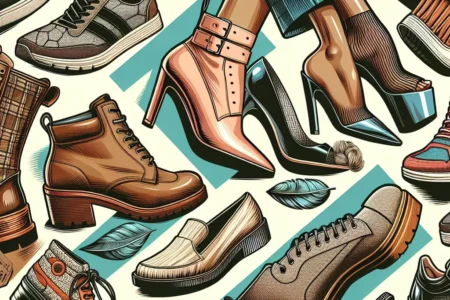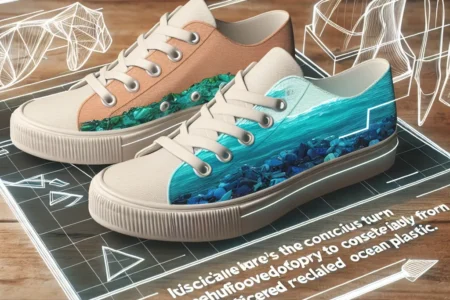The article delves into the resurgence of 90s fashion with the return of chunky sole sneakers, also known as “dad shoes,” as a must-have item for fashion enthusiasts, offering a bold aesthetic and optimum comfort. It highlights the modern twists and versatility of the trend, suiting various outfit styles and occasions, blending nostalgia with contemporary design. Similarly, the article introduces strappy sandals as an effortlessly elegant and practical choice for the summer, offering versatility, lengthening effect, and timeless sophistication. It also discusses the enduring appeal and practicality of strappy sandals, making them an essential addition to any fashion-forward wardrobe. Furthermore, the article emphasizes the fusion of athleisure and fashion as a prevalent footwear trend for 2021, catering to the modern lifestyle that demands both performance and aesthetic appeal, showcasing a variety of stylish options for various settings and pursuits.


